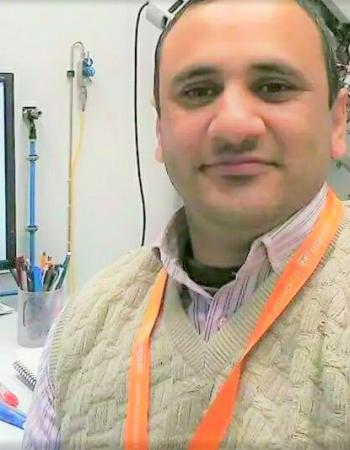ME 509 Material Selection in Design
The aim of this course is to train each participant in design-oriented materials selection. After the course, you shall have acquired appropriate competence for engineering work related to materials selection. The course introduces analytical tools and methods for qualified materials selection for engineering applications. Principles for the material design for typical applications are also treated where the importance of behavior of specific materials and classes of materials are considered with respect to temperature stability, thermal and electrical conductivity, strength, toughness and chemical resistance, etc.
2. Learning outcome
After completion of this course, you should be able to:
• Understand the basics of design-oriented materials selection for engineering applications;
• Work with and apply systematic and objective materials selection based on the principles according to Cambridge Engineering Selector (CES);
• Apply the CES software in materials and process selection;
• Define correct conditions and objectives regarding materials selection;
• Have common background knowledge about material indices for material performance and understand how these indices are constructed;
• Analyze materials selection case studies for which either single or multiple constraints are active;
• Analyze and evaluate the role of geometrical aspects in materials selection;
• Describe the general principles for the definition of material properties and the basic physical principles behind these in the general sense.
Course Topics (Preliminary Schedule):
- Engineering Design Process and the role of materials.
- Materials classification and their properties; material property charts; selection of materials based on function, objective, constraints, and free variables; examples of material selection for typical applications; Computer-aided materials selection.
- Selection of process based on material classification; pencil curve approach; material selection for multiple constraints and multiple objective cases; multiple constraints and conflicting objectives.
- Co-selection of material and shape; the concept of macroscopic and microscopic shape factors; Four quadrant method of material selection.
- General Properties of plastics, polymers, and elastomers; visco-elastic properties; short-term and long-term properties of plastics; mathematical modeling of plastic properties; Maxwell, Kelvin-Voigt Models; fatigue and fracture of plastics;
- selection of plastics based on mechanical properties, degradation due to environment, wear; Design methods for snap fits; case studies.
- Fundamentals of fiber-reinforced plastics; Stress, strain analysis of continuous fiber composites, rule of mixtures, general deformation behavior of laminates.
- Introduction to high-temperature materials; families of super alloys and their characteristics; creep and fatigue resistance of super alloys; the role of precipitates in the strengthening of superalloys; repair of superalloys after creep damage; coatings for high-temperature materials.
- Fundamentals of ceramics, general properties, applications of ceramics for critical applications.
- Design considerations. Surface treatment of materials using coatings; type of coatings; PVD and CVD coatings. Basics of electro-plating and electro-less plating
- Seminar presentations

